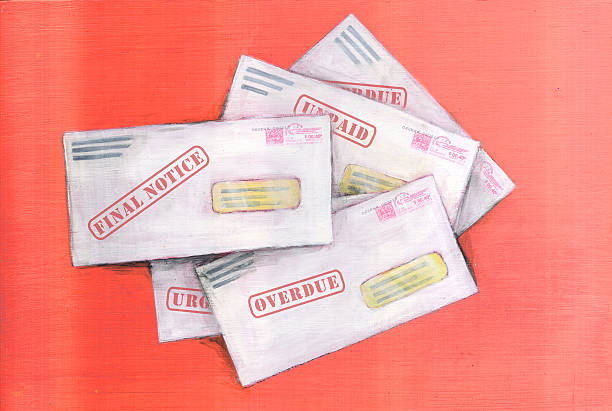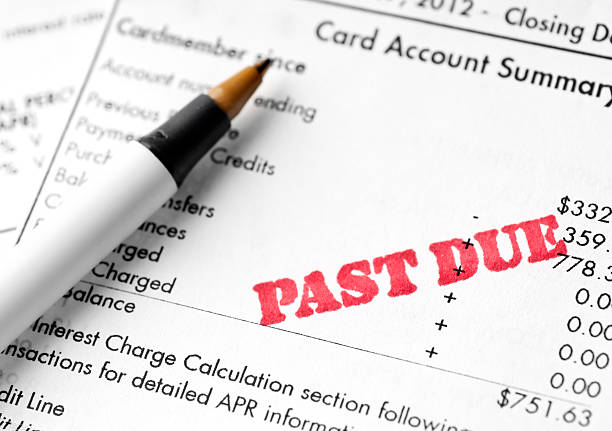
- Start by taking inventory of all your outstanding debts. - Look for ways to maximize your disposable income so you can put more money towards your ...
Read More
The payment-to-income ratio serves as a critical, yet often unexamined, barometer of financial health, and its elevation is the defining characteristi...
Read More
The relationship between overextended personal debt and revolving credit is one of profound interdependence, where a financial tool designed for conve...
Read More
Are you managing your debt? Or is it managing you? If you're stuck in a money quicksand trap, you may not even realize at first that you're in a finan...
Read More
Entering one’s twenties often marks the beginning of true financial independence, a period of exciting possibilities juxtaposed with significant eco...
Read More
Navigating the labyrinth of healthcare debt requires a unique blend of financial strategy and systemic understanding, distinct from managing other for...
Read MoreAfter covering minimum payments on all debts, use either the debt avalanche method (prioritizing highest interest rate debt) to save money or the debt snowball method (prioritizing smallest balance) for psychological wins and motivation.
Vulnerable groups, including low-income individuals, minorities, seniors, and those with poor credit or desperate financial needs, are often targeted.
Long loan terms (72-84 months) and rapid vehicle depreciation can leave borrowers "upside-down," meaning they owe more than the car is worth. This limits their options if they need to sell the car and can strain monthly budgets.
This ratio measures how much of your available revolving credit (like credit cards) you are using. It is a major factor in your credit score. A utilization rate above 30% signals risk to lenders and can significantly lower your score, making new credit more expensive.
If you have high-interest debt (e.g., credit cards), it is often mathematically sound to temporarily reduce retirement contributions to the minimum required to get any employer match and use the extra cash to aggressively pay down debt. The interest you save is a guaranteed return.